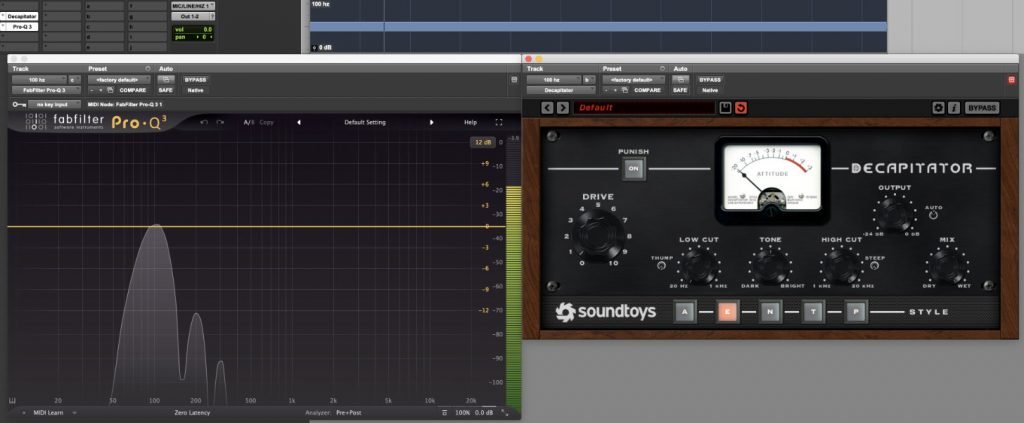Unveiling the Warmth: A Deep Dive into Audio Saturation
Introduction
Audio saturation is a term often associated with warmth, character, and that elusive analog feel in music production. It's a creative tool that can add harmonics, coloration, and texture to your audio, making it sound richer and more appealing. In this blog post, we'll explore what audio saturation is, how it works, and how to use it effectively in your music productions.
What Is Audio Saturation?
Audio saturation refers to the phenomenon where an audio signal is driven beyond its linear limits, resulting in the introduction of harmonics and non-linear distortion. Unlike harsh clipping or distortion, saturation produces a more pleasing, subtle, and harmonically rich sound.
When an audio signal is saturated, the originally clean waveform becomes slightly rounded, and additional harmonics are generated. This process often mimics the characteristics of analog equipment, like tape machines, analog consoles, and analog tape saturation.
Types of Saturation
There are various types of saturation, each with its unique sonic qualities:
1. Tape Saturation:
Tape saturation replicates the warmth and compression associated with analog tape recorders. It adds harmonic content and can smooth out transients, providing a vintage, analog-like sound.
2. Tube Saturation:
Tube saturation emulates the characteristics of vacuum tubes, often found in classic guitar amplifiers and preamps. It adds a warm, smooth distortion that enhances both highs and lows.
3. Analog Console Saturation:
Analog consoles can impart a unique character to audio signals due to their summing and circuitry. Console saturation can add a sense of cohesion and coloration to your mix.
4. Digital Saturation:
Digital saturation plugins aim to replicate the analog saturation characteristics using algorithms. They offer flexibility and precision while capturing the essence of analog warmth.
Why Use Audio Saturation?
Audio saturation can enhance your music in several ways:
Harmonic Enrichment: Saturation adds harmonics to your audio, making it sound more complex, full, and warm. This is especially useful for thin or digital-sounding recordings.
Transient Control: Saturation can tame overly sharp transients, which is beneficial when dealing with percussive sounds or vocals that need smoothing.
Emulating Analog Gear: Many producers use saturation to replicate the vintage character of analog gear. It can lend a nostalgic, classic feel to your recordings.
Glue and Cohesion: When used on the master bus or subgroups, saturation can "glue" the elements of your mix together, providing cohesion and a unified sound.
How to Use Audio Saturation
Here's how to effectively use audio saturation in your productions:
1. Choose the Right Saturation Type:
Select the type of saturation that matches the sonic character you want to achieve. Experiment with different types to find the one that works best for your track.
2. Use It Sparingly:
Saturation is a powerful tool, but it's easy to overdo it. Start with conservative settings and gradually increase the saturation until you achieve the desired effect.
3. Consider Parallel Processing:
Use parallel processing by blending the saturated signal with the dry signal. This allows you to add warmth while retaining the clarity of the original audio.
4. Saturation Plugins:
Explore various saturation plugins available for your DAW. These plugins often offer a wide range of controls for shaping the saturation effect.
5. Automate Saturation:
Automate the saturation effect throughout your track. This can be especially effective for adding warmth to specific sections or emphasizing certain elements.
Conclusion
Audio saturation is a powerful and creative tool that can elevate your music productions. It can add warmth, character, and harmonics to your audio, giving it that sought-after analog feel. Whether you're looking to emulate the sound of classic analog gear or enhance the richness of your recordings, saturation can be your ally in achieving that warm and inviting sonic texture. Experiment with different types of saturation and embrace the creative possibilities it offers in your music production journey.




